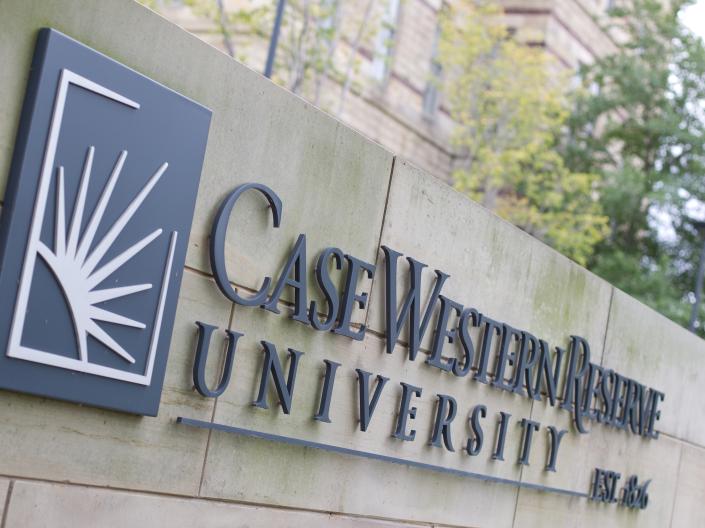At the School of Medicine's Office for Faculty, we connect our faculty with the broader university community, enhancing efficiency and empowering our members. We assist with coaching, faculty development, and managing appointments, promotions, and tenure processes. We also conduct annual reviews, support the Faculty Council, and provide guidance on university policies. Our commitment to maintaining high standards ensures your success remains our top priority.
How can we help?

If you are a faculty member at the SOM looking for information on appointments, promotions, tenure, or departure, please visit our Faculty Resources page.

If you are a department administrator looking for forms or other information, like governance structures, please visit our page on Administrator Resources.
Contact Us
General questions - somfacultyaffairs@case.edu
Employment verifications - facaffrs@case.edu
System questions:
- Interfolio related - sominterfoliosupport@case.edu.
- Faculty Information System (FIS) related - somfissupport@case.edu
Faculty Lifecycle:
- Faculty search materials - somFacultySearch@case.edu
- Faculty appointment, reappointment, and promotion materials - somFacultyApptMaterials@case.edu
- Faculty departure materials and correspondence - somfacultydeparture@case.edu
Confidential faculty affairs issues - nicole.deming@case.edu.


